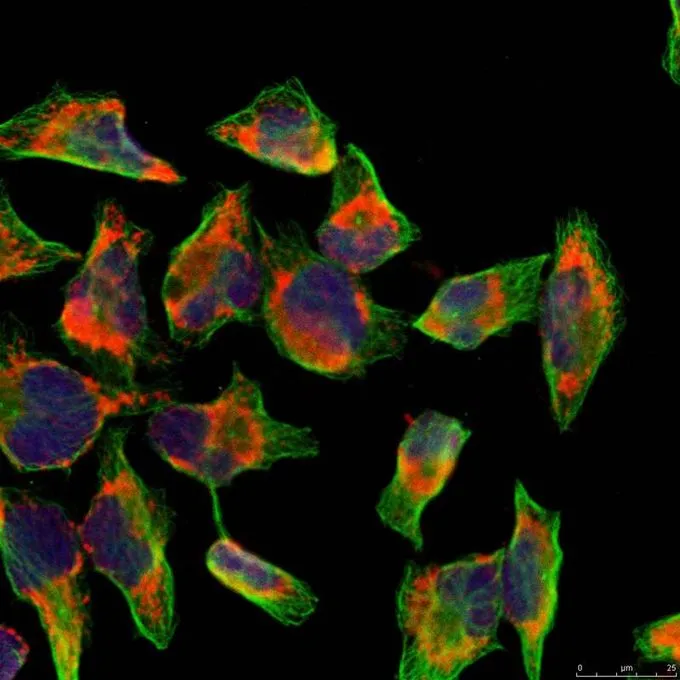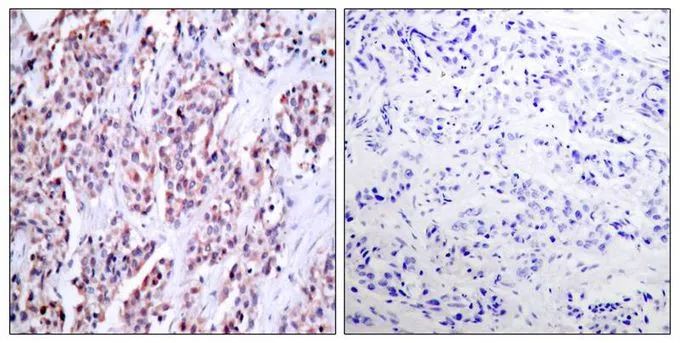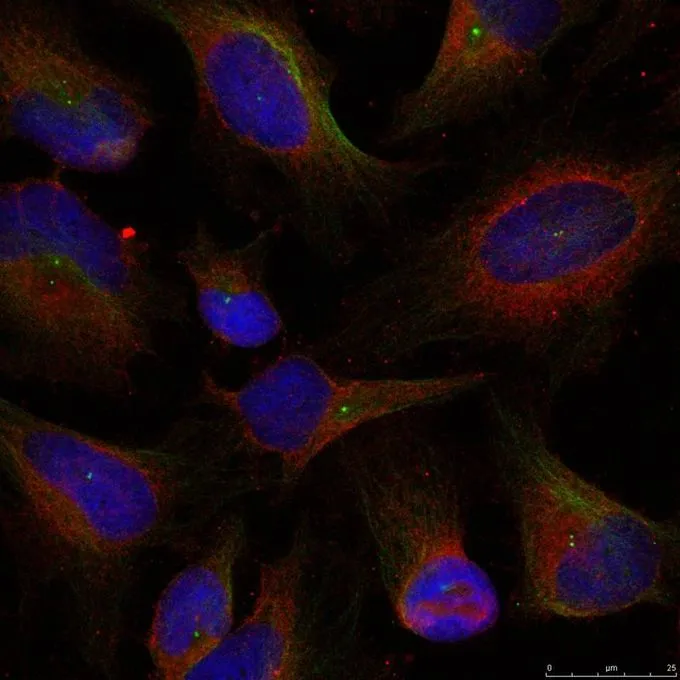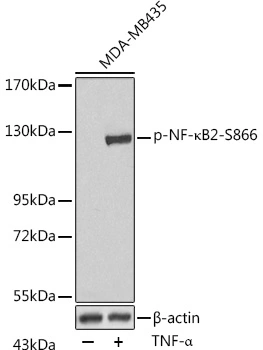NFkB p100/p52 antibody [N1N3]
GTX101151
ApplicationsImmunoHistoChemistry, ImmunoHistoChemistry Paraffin
Product group Antibodies
TargetNFKB2
Overview
- SupplierGeneTex
- Product NameNFkB p100/p52 antibody [N1N3]
- Delivery Days Customer9
- Application Supplier NoteIHC-P: 1:100-1:1000. *Optimal dilutions/concentrations should be determined by the researcher.Not tested in other applications.
- ApplicationsImmunoHistoChemistry, ImmunoHistoChemistry Paraffin
- CertificationResearch Use Only
- ClonalityPolyclonal
- Concentration1 mg/ml
- ConjugateUnconjugated
- Gene ID4791
- Target nameNFKB2
- Target descriptionnuclear factor kappa B subunit 2
- Target synonymsCVID10; DNA-binding factor KBF2; H2TF1; lymphocyte translocation chromosome 10 protein; LYT10; LYT-10; NFKB, p52/p100 subunit; NF-kB2; nuclear factor Kappa-B, subunit 2; nuclear factor NF-kappa-B p100 subunit; nuclear factor NF-kappa-B p52 subunit; nuclear factor of Kappa light chain gene enhancer in B cells 2; nuclear factor of kappa light polypeptide gene enhancer in B-cells 2 (p49/p100); oncogene Lyt-10; p100; p49/p100; p52; transcription factor NFKB2
- HostRabbit
- IsotypeIgG
- Protein IDQ00653
- Protein NameNuclear factor NF-kappa-B p100 subunit
- Scientific DescriptionNFKB has been detected in numerous cell types that express cytokines, chemokines, growth factors, cell adhesion molecules, and some acute phase proteins in health and in various disease states. NFKB is activated by a wide variety of stimuli such as cytokines, oxidant-free radicals, inhaled particles, ultraviolet irradiation, and bacterial or viral products. Inappropriate activation of NF-kappa-B has been linked to inflammatory events associated with autoimmune arthritis, asthma, septic shock, lung fibrosis, glomerulonephritis, atherosclerosis, and AIDS. In contrast, complete and persistent inhibition of NF-kappa-B has been linked directly to apoptosis, inappropriate immune cell development, and delayed cell growth. For reviews, see Chen et al. (1999) [PubMed 9895331] and Baldwin (1996) [PubMed 8717528].[supplied by OMIM]
- Storage Instruction-20°C or -80°C,2°C to 8°C
- UNSPSC12352203




